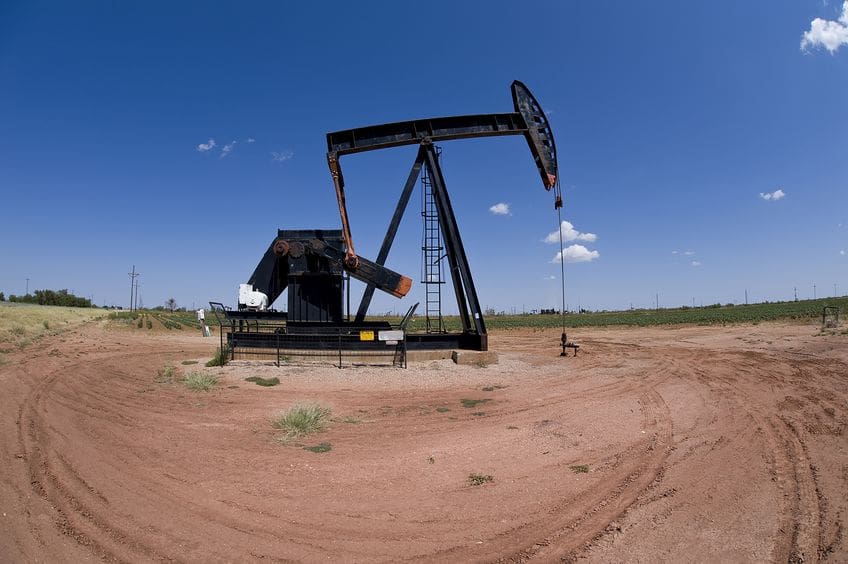The Texas Alliance of Energy Producers released its January Texas Petro Index (TPI) on March 7. The group, which represents the interests of the O&G industry by ensuring energy-friendly policies in both state and federal governments. showed that upstream oil and gas activity in Texas increased for a second straight month, rising to 153.3 in January from 150.6 in December.
The release notes that the TPI for January 2017 was roughly 16 percent less than that seen in January 2016. It is also below the peak TPI seen in November of 2014, where the index hit 313.5.
“The components of the Texas Petro Index continue to register mixed results as the transition from contraction to expansion plays out,” stated Karr Ingham, the economist who created the TPI. “Crude oil and natural gas prices, the rig count, the number of drilling permits issued, and the value of oil and gas produced in Texas all registered year-over-year increases in January, while oil- and gas-well completions, the volume of oil and gas produced, and upstream oil and gas employment continued to decline compared to levels a year ago,” he stated.
The total amount of estimated crude oil produced in Texas was 99.5 million barrels, a 4.5 percent decrease from January 2016. Interestingly, however, due to the oil price averaging $49.25 per barrel in January 2017, the total value of the crude oil produced in Texas was $4.9 billion, representing a 63.5 percent increase over the figure seen in January 2016.
“The TPI shows the upstream oil and gas economy in Texas continued expanding in January, partly because the agreement last year by large oil-producing countries to reduce global oil supplies created a bump of $6-8 per barrel on wellhead prices, which had a positive effect on activity levels in Texas,” stated Ingham. “But not only higher wellhead prices have been driving the expansion; it also has been lower costs,” he continued.
The release further notes that the Baker Hughes active rig count increased 10.2 percent year-over-year in January, rising from 305 to 336. The figure was the highest seen since November 2015, when the number of active rigs began consistently falling due to the drop in the price of oil. The oil and gas industry employed 206,100 Texans, a 10.2 percent year-over-year decrease, according to an assessment by the Texas Workforce Commission.
Oil and gas operations are commonly found in remote locations far from company headquarters. Now, it's possible to monitor pump operations, collate and analyze seismic data, and track employees around the world from almost anywhere. Whether employees are in the office or in the field, the internet and related applications enable a greater multidirectional flow of information – and control – than ever before.











